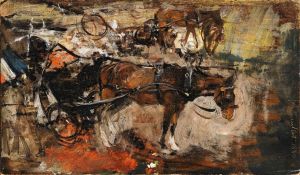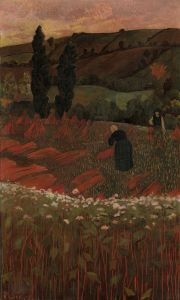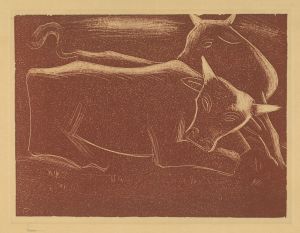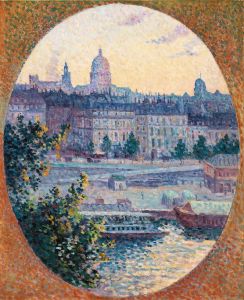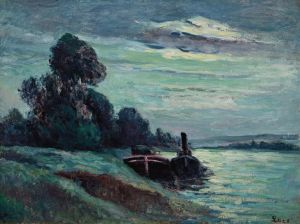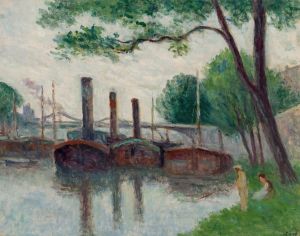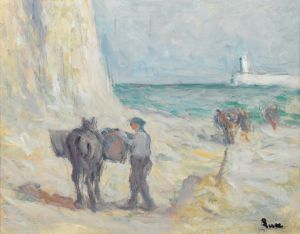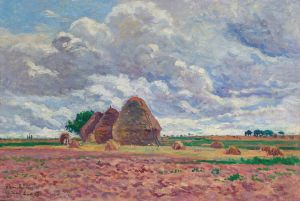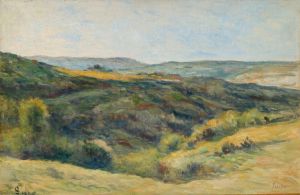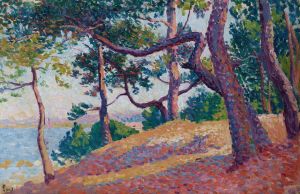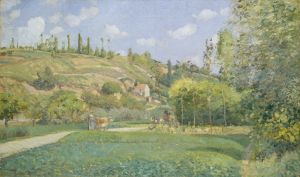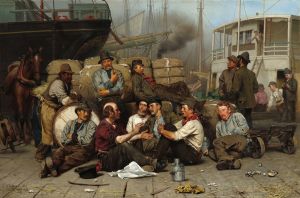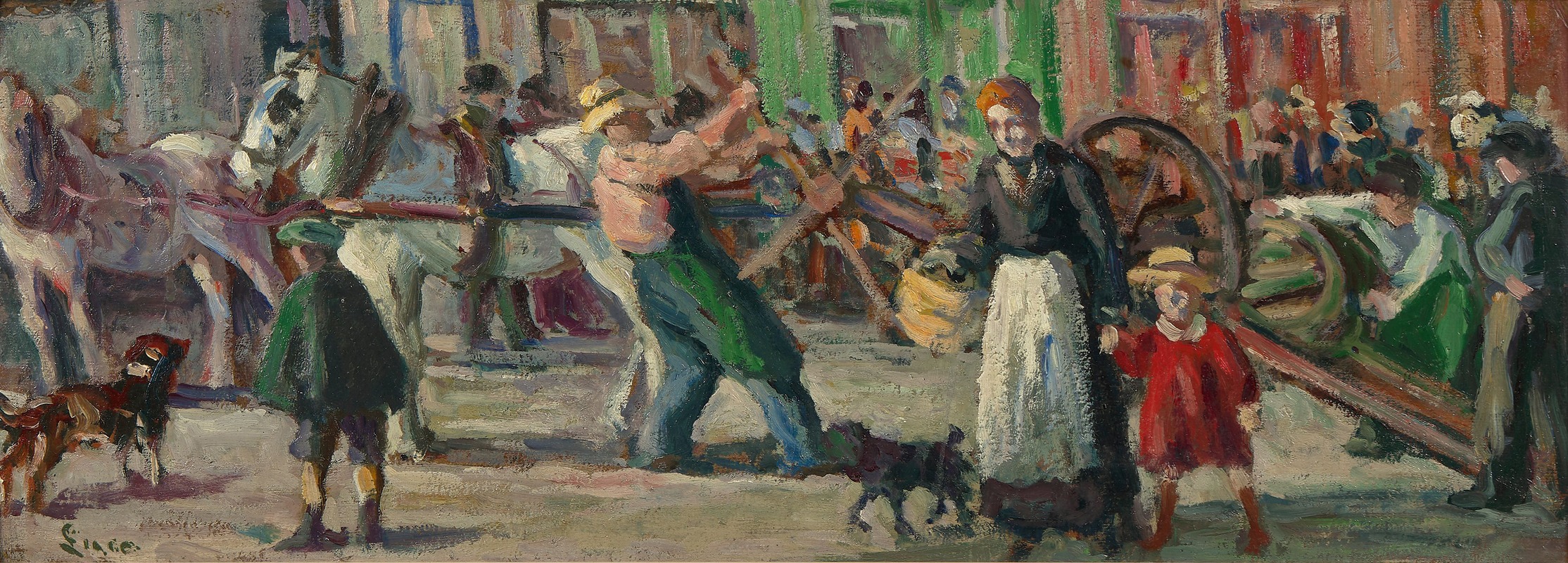
Le fardier
A hand-painted replica of Maximilien Luce’s masterpiece Le fardier, meticulously crafted by professional artists to capture the true essence of the original. Each piece is created with museum-quality canvas and rare mineral pigments, carefully painted by experienced artists with delicate brushstrokes and rich, layered colors to perfectly recreate the texture of the original artwork. Unlike machine-printed reproductions, this hand-painted version brings the painting to life, infused with the artist’s emotions and skill in every stroke. Whether for personal collection or home decoration, it instantly elevates the artistic atmosphere of any space.
Maximilien Luce was a prominent French Neo-Impressionist painter known for his pointillist technique and his depictions of urban and rural life in France. Born on March 13, 1858, in Paris, Luce was initially trained as an engraver before turning to painting. He became associated with the Neo-Impressionist movement, which was characterized by the use of small, distinct dots of color applied in patterns to form an image. This technique was developed by Georges Seurat and Paul Signac, with whom Luce was closely associated.
One of Luce's notable works is "Le Fardier," which translates to "The Cart." This painting exemplifies Luce's interest in capturing scenes of everyday life and labor, a common theme in his body of work. While specific details about "Le Fardier" are limited, it is consistent with Luce's broader oeuvre, which often focused on the working class and industrial scenes. His works frequently depicted the lives of laborers, the urban environment, and the effects of light and color in these settings.
Luce's approach to painting was deeply influenced by his political beliefs. He was an anarchist, and his art often reflected his commitment to social justice and his empathy for the working class. This ideological stance is evident in many of his paintings, where he portrays workers with dignity and respect. "Le Fardier" likely fits within this context, as it aligns with his interest in the themes of labor and the daily lives of ordinary people.
Throughout his career, Luce was involved with various artistic groups and exhibitions. He participated in the Salon des Indépendants, an annual exhibition in Paris that was crucial for artists who were outside the traditional academic system. This venue provided a platform for Luce and his contemporaries to showcase their innovative approaches to art, including the Neo-Impressionist technique.
Luce's work is characterized by its vibrant use of color and meticulous attention to detail. His paintings often convey a sense of movement and energy, capturing the dynamic nature of the scenes he depicted. In "Le Fardier," as in many of his works, Luce's use of color and light would have been central to conveying the atmosphere and mood of the scene.
Maximilien Luce continued to paint and exhibit his work until his death on February 6, 1941. His contributions to the Neo-Impressionist movement and his focus on social themes have left a lasting impact on the art world. Today, his works are held in various public and private collections, and he is remembered as an artist who combined technical skill with a deep commitment to social issues.
While specific information about "Le Fardier" is limited, it remains an important part of Luce's artistic legacy, reflecting his dedication to portraying the lives of ordinary people with empathy and respect.





